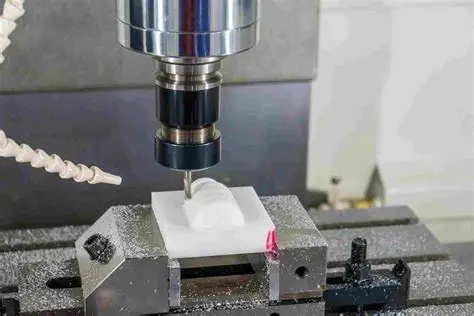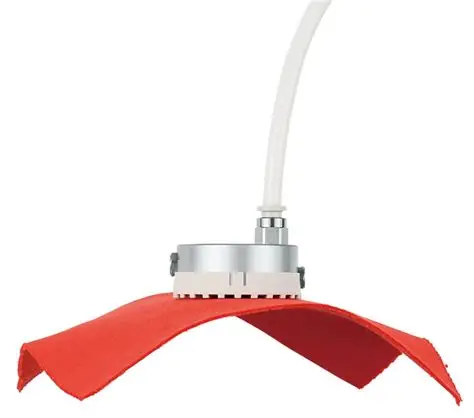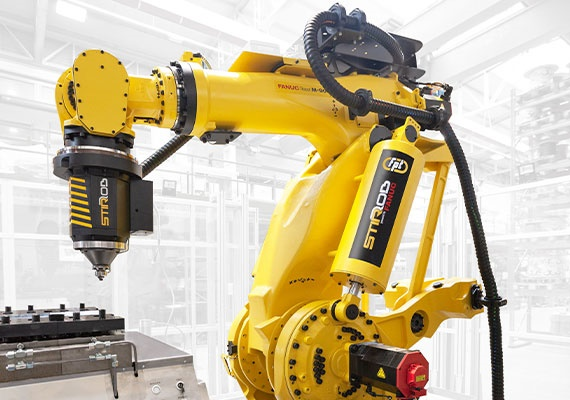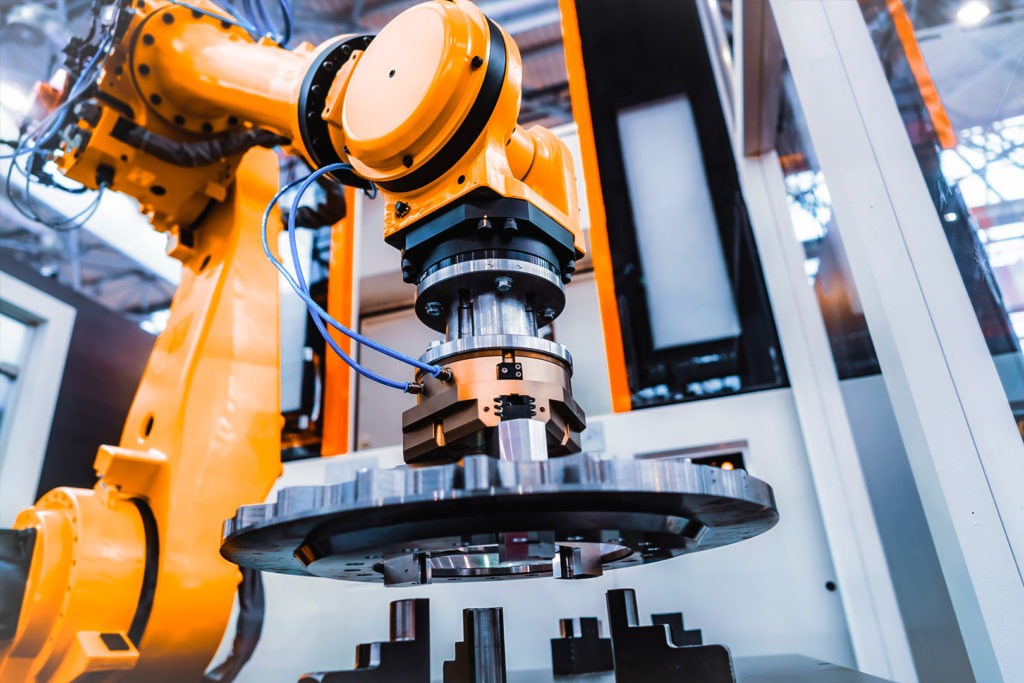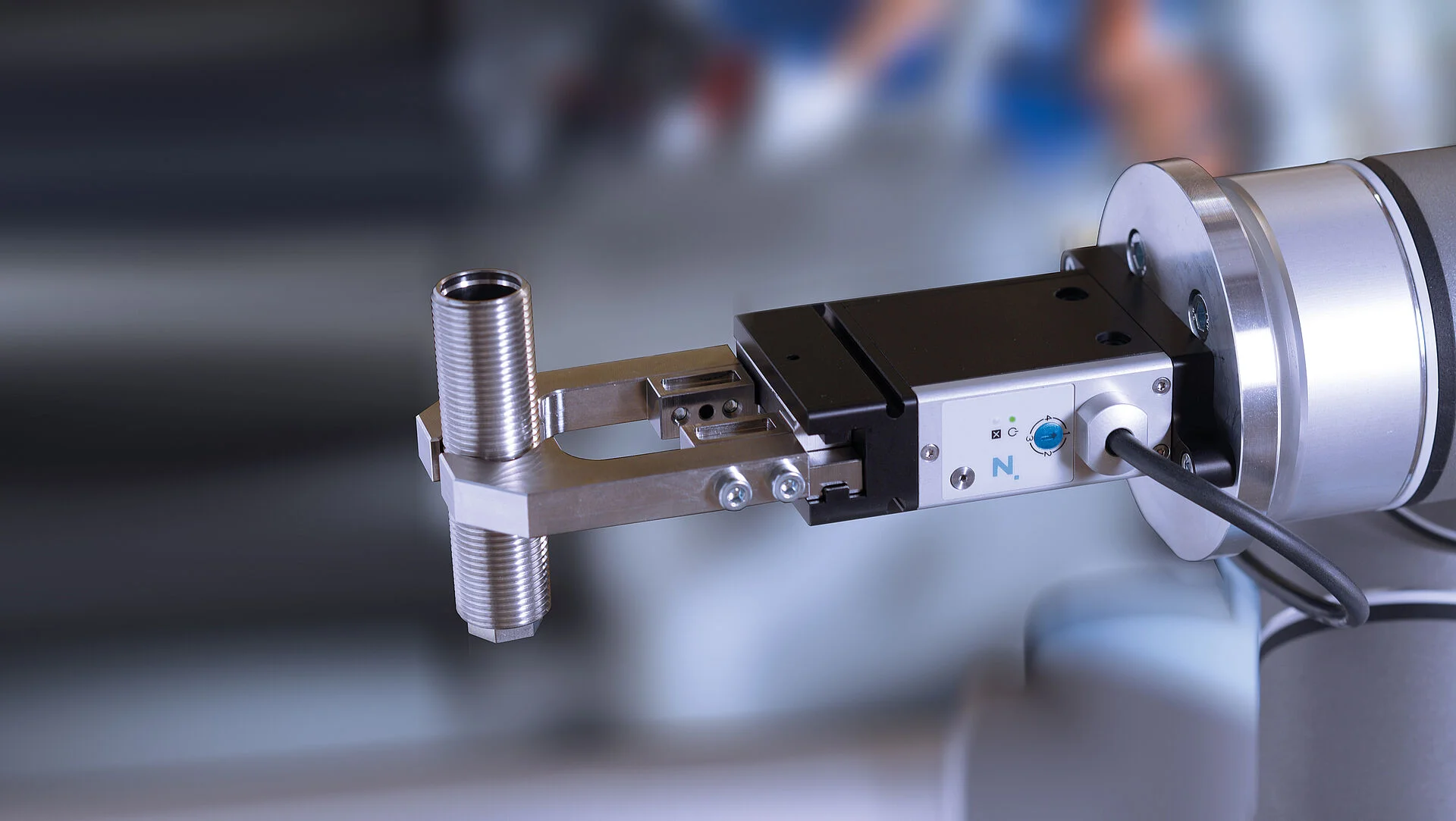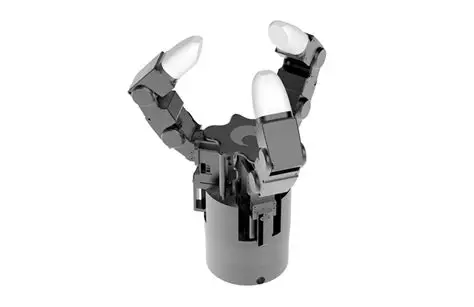The Ultimate Guide to CNC Machining PEEK Plastic Components: Precision Manufacturing for High-Performance Applications
Introduction to CNC Machining PEEK Plastic
CNC machining PEEK plastic components represents the pinnacle of precision manufacturing for high-performance engineering applications. Polyetheretherketone (PEEK) is a semi-crystalline thermoplastic polymer renowned for its exceptional mechanical properties, chemical resistance, and thermal stability, making it an ideal material for demanding applications across aerospace, medical, automotive, and electronics industries.
The global market for PEEK components continues to expand rapidly, driven by increasing demands for lightweight engineering solutions, biocompatible medical implants, and high-temperature resistant components. As industries push the boundaries of performance and reliability, CNC machined PEEK parts have become critical components in everything from aircraft engines to surgical instruments, replacing traditional metals while offering superior performance characteristics.
Properties and Advantages of PEEK Material
Exceptional Material Properties
PEEK offers a unique combination of properties that make it ideal for precision machining and demanding applications:
Table: Key Properties of PEEK Material Compared to Other Engineering Plastics
| Property | PEEK | ABS | Nylon | Delrin | Metal Equivalent |
|---|---|---|---|---|---|
| Tensile Strength (MPa) | 90-100 | 40-50 | 70-90 | 70-80 | Aluminum Grade |
| Continuous Service Temperature (°C) | 260 | 80 | 120 | 85 | Stainless Steel |
| Chemical Resistance | Excellent | Good | Moderate | Good | Titanium |
| Wear Resistance | Excellent | Moderate | Good | Good | Tool Steel |
| Biocompatibility | Medical Grade Available | None | Limited | None | Titanium Grade |
| Dielectric Strength (kV/mm) | 20-25 | 15-20 | 15-20 | 20-25 | Excellent Insulator |
Advantages of CNC Machining PEEK Components
The selection of PEEK for CNC machining offers numerous technical advantages:
-
High Strength-to-Weight Ratio: PEEK provides strength comparable to many metals at approximately 70% less weight, making it ideal for aerospace and automotive applications where weight reduction is critical.
-
Excellent Thermal Stability: With a continuous service temperature of 260°C and short-term exposure capability up to 300°C, PEEK maintains its mechanical properties in high-temperature environments where most plastics would fail.
-
Superior Chemical Resistance: PEEK demonstrates exceptional resistance to a wide range of chemicals, including acids, bases, hydrocarbons, and solvents, ensuring long-term performance in aggressive environments.
-
Outstanding Wear Resistance: The inherent lubricity and wear resistance of PEEK make it suitable for bearing surfaces, seals, and other applications involving friction and wear.
-
Biocompatibility: Medical-grade PEEK is USP Class VI compliant and ISO 10993 certified, making it suitable for long-term implantable medical devices and surgical instruments.
CNC Machining Processes for PEEK Components
Material Preparation and Preprocessing
Proper material preparation is essential for successful PEEK machining:
Annealing Process:
PEEK materials typically come in various sizes of rods, sheets, or injection molded blanks. Before machining these parts, it is essential to eliminate accumulated stress through annealing—a heat treatment process that involves heating the plastic to a predetermined temperature, holding it for a certain time, and then cooling it to room temperature.
Annealing improves the crystallinity of PEEK parts and reduces internal stress, thereby preventing the possibility of surface cracks during CNC cutting operations. However, one thing to note: if you plan to process PEEK workpieces for a long time, you may need to perform additional annealing processes.
Material Selection:
PEEK is available in various grades with different reinforcement materials:
-
Unfilled PEEK: Virgin material with balanced properties for general applications
-
Glass-Filled PEEK: 20-30% glass fiber reinforcement for improved stiffness and dimensional stability
-
Carbon-Filled PEEK: 20-30% carbon fiber reinforcement for enhanced strength and wear resistance
-
Medical-Grade PEEK: Certified biocompatible materials for medical implants and devices
-
ESD-Safe PEEK: Electrostatic discharge safe formulations for electronic applications
Precision Machining Techniques
CNC machining PEEK requires specialized techniques to achieve optimal results:
Milling Operations
Table: PEEK Milling Parameters and Specifications
| Milling Operation | Cutting Speed (m/min) | Feed Rate (mm/tooth) | Depth of Cut (mm) | Tool Material | Surface Finish (Ra μm) |
|---|---|---|---|---|---|
| Roughing | 180-200 | 0.15-0.20 | 2.0-3.0 | Carbide | 3.2-6.3 |
| Finishing | 200-230 | 0.05-0.10 | 0.1-0.5 | Carbide | 0.8-1.6 |
| High-Speed Finishing | 250-300 | 0.02-0.05 | 0.05-0.2 | Diamond | 0.4-0.8 |
| Micro-Milling | 100-150 | 0.005-0.015 | 0.01-0.05 | Micro-grain Carbide | 0.2-0.4 |
| Contour Milling | 180-220 | 0.08-0.12 | 0.5-1.5 | PCD | 0.8-1.6 |
Milling PEEK requires specific tool geometry and cutting strategies:
-
Tool Geometry: Use tools with positive rake angles (10-15°) and sharp cutting edges to reduce cutting forces and prevent material deformation
-
Climb Milling: Preferred over conventional milling to minimize heat generation and improve surface finish
-
Trochoidal Milling: Recommended for high-aspect-ratio features and thin-walled sections to maintain dimensional stability
-
Adaptive Clearing: Use dynamic toolpaths to maintain constant chip load and reduce thermal buildup
Turning Operations
Table: PEEK Turning Parameters and Specifications
| Turning Operation | Cutting Speed (m/min) | Feed Rate (mm/rev) | Depth of Cut (mm) | Tool Material | Tolerance (mm) |
|---|---|---|---|---|---|
| Rough Turning | 50-100 | 0.15-0.25 | 1.0-2.0 | Carbide | ±0.05 |
| Finish Turning | 100-150 | 0.05-0.12 | 0.1-0.5 | Carbide | ±0.01 |
| Precision Turning | 150-200 | 0.02-0.06 | 0.05-0.2 | PCD | ±0.005 |
| Thread Turning | 80-120 | Pitch Dependent | 0.05-0.2 | Carbide | ±0.01 |
| Grooving | 70-100 | 0.05-0.15 | Tool Width | PCD | ±0.015 |
Tool Selection for Turning:
Due to PEEK’s high hardness and wear resistance, the choice of tool material is crucial. Hard alloy tools are commonly used for turning PEEK rods due to their good wear resistance and high hardness, which can effectively handle the cutting forces during the turning process. For turning operations that require extremely high surface quality and precision at the micron level, diamond tools can demonstrate their advantages by achieving very fine cutting and significantly improving the smoothness of the machined surface.
Drilling and Hole-Making
Table: PEEK Drilling Parameters and Specifications
| Drilling Operation | Cutting Speed (m/min) | Feed Rate (mm/rev) | Drill Type | Point Angle (degrees) | Hole Quality |
|---|---|---|---|---|---|
| Standard Drilling | 80-100 | 0.08-0.15 | Carbide Twist | 118 | Good |
| Precision Drilling | 100-120 | 0.04-0.08 | Carbide Brad | 135 | Excellent |
| Deep Hole Drilling | 60-80 | 0.03-0.06 | Gun Drill | 140 | Very Good |
| Micro-Drilling | 40-60 | 0.005-0.015 | Micro Carbide | 118 | Good |
| Reaming | 20-30 | 0.10-0.20 | Carbide Reamer | N/A | Excellent |
Drill Geometry Considerations:
-
Point Angle: 118° drill point angle is more suitable for drilling PEEK rods, as it allows the drill bit to distribute the cutting force more evenly when drilling into the material, facilitating smooth drilling
-
Helix Angle: 30-35° helix angle for efficient chip evacuation
-
Web Thinning: Recommended for larger drills to reduce thrust forces
-
Margin Relief: Essential for preventing heat buildup and material galling
Tooling Selection for PEEK Machining
Cutting Tool Materials
Tool material selection is critical for successful PEEK machining:
Carbide Tools:
-
General Purpose: Fine-grained carbide (0.8-1.2μm) with TiAlN or AlCrN coatings
-
Enhanced Performance: Submicron grain carbide (<0.8μm) for improved edge retention
-
Specialized Applications: Diamond-coated carbide for extended tool life in abrasive grades
Polycrystalline Diamond (PCD) Tools:
All grades of PEEK cause wear on cutting tools—meaning they may cause damage, wear, or removal of tool material during cutting operations. Therefore, we recommend that you use carbide tools for small batch processing of common PEEK grades. However, for PEEK grades reinforced with glass and carbon fibers, you may need to consider using polycrystalline (PCD) molds, especially for long-term manufacturing runs.
High-Speed Steel (HSS) Tools:
-
Limited to prototyping and very short production runs
-
Require frequent sharpening and edge maintenance
-
Not recommended for production environments
Tool Geometry and Design
Optimal tool geometry for PEEK machining:
End Mills:
-
3-Flute Design: Ideal for roughing operations with sufficient chip clearance
-
4-Flute Design: Better for finishing operations and improved surface finish
-
Sharp Cutting Edges: Essential for clean cutting and reduced cutting forces
-
Polished Flutes: Improve chip flow and reduce chip welding
Turning Tools:
-
Positive Rake Angles: 10-15° for reduced cutting forces and improved surface finish
-
Sharp Cutting Edges: Critical for preventing material deformation and overheating
-
Chip Breakers: Designed specifically for PEEK’s chip formation characteristics
-
Nose Radius: 0.4-0.8mm for general turning, 0.2-0.4mm for finishing
Cooling and Lubrication Strategies
Cooling Techniques
Effective cooling is essential for PEEK machining:
Although PEEK has a very high melting temperature, sufficient cooling is still required during the machining process to prevent deformation and cracking. Standard liquid coolants (petroleum-based) are ideal when cutting industrial-grade PEEK plastics. However, for medical-grade PEEK, you want to avoid standard liquid coolants at all costs.
This is because standard liquid coolants can affect the biocompatibility of medical-grade PEEK, making it unsuitable for manufacturing medical components. We recommend that you use compressed air or pure water to cool medical-grade PEEK plastics.
Cooling Methods:
-
High-Pressure Coolant: 50-100 bar pressure for effective heat removal and chip evacuation
-
Through-Tool Coolant: Essential for deep hole drilling and milling operations
-
Cryogenic Cooling: Liquid nitrogen or CO₂ for high-speed machining operations
-
Mist Cooling: Minimum quantity lubrication (MQL) for reduced coolant consumption
Coolant Selection
Table: Coolant Options for PEEK Machining
| Coolant Type | Application | Advantages | Limitations | Recommended For |
|---|---|---|---|---|
| Compressed Air | Medical Grade PEEK | No contamination, simple setup | Limited cooling capacity | Small parts, finishing |
| Deionized Water | Medical Applications | Excellent cooling, no residues | Possible corrosion issues | Medical components |
| Synthetic Coolants | Industrial Grade | Good cooling and lubrication | Requires filtration | General machining |
| Vegetable-Based Oils | All PEEK Grades | Biodegradable, good lubrication | Limited high-temp stability | Environmentally sensitive |
| MQL Systems | Precision Machining | Minimal consumption, clean parts | Requires specialized equipment | High-speed machining |
Quality Control and Inspection
Dimensional Verification
Precision measurement techniques for PEEK components:
-
Coordinate Measuring Machines (CMM): For comprehensive geometric verification with micron-level accuracy
-
Optical Comparators: For rapid 2D measurement of critical features and profiles
-
Laser Scanning: For complex surface contours and free-form geometries
-
Microscopy: For detailed examination of surface finish and edge quality
Surface Finish Evaluation
Surface quality assessment methods:
-
Contact Profilometry: For quantitative Ra, Rz, and Rmax measurements
-
Non-Contact Profilometry: For delicate components without surface contact
-
Visual Inspection: Under controlled lighting conditions for defect detection
-
Scanning Electron Microscopy: For ultra-high magnification analysis of surface features
Material Verification
Quality assurance testing:
-
FTIR Spectroscopy: For material identification and verification
-
DSC Analysis: For thermal property verification and crystallinity assessment
-
Mechanical Testing: For verification of tensile strength and elongation properties
-
Biocompatibility Testing: For medical-grade PEEK components
Applications and Case Studies
Case Study 1: Aerospace Component Manufacturing
Challenge: Produce complex satellite communication components from carbon-filled PEEK with ±0.025mm dimensional tolerance and Ra 0.8μm surface finish for high-frequency signal transmission applications.
Solution: Implemented 5-axis CNC machining with diamond-coated tools and cryogenic cooling system. Used adaptive machining strategies to maintain constant tool engagement and prevent thermal deformation.
Results: Achieved 99.7% dimensional compliance with all critical features within specification. Surface finish measured Ra 0.6-0.8μm without post-processing. The solution reduced component weight by 65% compared to previous aluminum designs while maintaining equivalent mechanical performance.
Case Study 2: Medical Implant Production
Challenge: Machine patient-specific spinal implants from medical-grade PEEK with biocompatibility requirements and complex porous structures for bone integration, requiring micron-level accuracy and complete documentation for FDA submission.
Solution: Employed precision 4-axis milling with specialized micro-tools and deionized water cooling. Implemented complete process validation with statistical process control and 100% traceability of material and machining parameters.
Results: Components exceeded all medical specifications with 100% biocompatibility certification. Achieved 99.8% dimensional accuracy and surface finishes better than Ra 0.4μm. The process received FDA 510(k) clearance and has been used in over 5,000 successful implant procedures.
Case Study 3: Semiconductor Processing Component
Challenge: Manufacture wafer handling components from ESD-safe PEEK with ultra-clean requirements (<5 particles/cm²), vacuum compatibility, and exceptional dimensional stability for use in semiconductor fabrication equipment.
Solution: Developed cleanroom machining protocol with specialized tooling and handling procedures. Implemented cryogenic machining to prevent thermal stress and maintain material properties. Used specialized packaging to maintain cleanliness post-machining.
Results: Achieved particle counts below 2/cm², exceeding cleanliness requirements. Components demonstrated excellent vacuum performance with outgassing rates <10⁻⁹ Torr·L/s·cm². The solution improved mean time between failures (MTBF) by 300% compared to previous ceramic components.
Design Guidelines for PEEK Components
Design for Manufacturability
Optimizing designs for CNC machining PEEK:
-
Wall Thickness: Maintain minimum 0.5mm wall thickness for unfilled PEEK, 1.0mm for filled grades
-
Radii and Corners: Use minimum 0.2mm internal radii to reduce stress concentrations
-
Feature Size: Minimum feature size of 0.1mm for standard machining, 0.05mm for micro-machining
-
Tolerance Considerations: Standard tolerances ±0.05mm, precision tolerances ±0.01mm achievable
-
Draft Angles: Not typically required for CNC machined components
Cost Optimization Strategies
Reducing manufacturing costs without compromising quality:
-
Material Selection: Choose appropriate grade for application requirements
-
Design Simplification: Reduce complex features where possible
-
Standardization: Use standard tool sizes and feature dimensions
-
Batch Production: Combine multiple parts in single setups when possible
-
Secondary Operations: Minimize additional processing requirements
Future Trends in PEEK Machining
Advanced Manufacturing Technologies
Emerging technologies shaping the future of PEEK component manufacturing:
-
Hybrid Manufacturing: Combining additive manufacturing with CNC machining for complex geometries
-
AI-Optimized Machining: Machine learning algorithms for predictive tool wear and adaptive machining parameters
-
Ultra-Precision Machining: Nanometer-level accuracy for optical and microfluidic applications
-
Sustainable Manufacturing: Reduced waste and energy consumption through optimized processes
Material Developments
Advanced PEEK formulations under development:
-
Nanocomposite PEEK: Enhanced mechanical properties through nanoparticle reinforcement
-
Bioactive PEEK: Surface-modified materials for improved tissue integration
-
Conductive PEEK: Electrically conductive formulations for ESD and EMI applications
-
High-Temperature PEEK: Grades capable of continuous operation at 300°C+
Conclusion: The Strategic Value of CNC Machined PEEK Components
CNC machining of PEEK plastic components represents a sophisticated manufacturing capability that enables engineering solutions across the most demanding industries. The unique combination of PEEK’s material properties and precision machining techniques creates opportunities for innovation in aerospace, medical, electronics, and automotive applications.
The future of PEEK machining will be shaped by advancements in tooling technology, process optimization, and material science, enabling even more complex and high-performance components. As manufacturing technologies continue to evolve, the capabilities for producing precision PEEK components will expand, opening new possibilities for engineering innovation.
For designers and engineers seeking to leverage the full potential of PEEK materials, partnering with an experienced CNC machining provider ensures access to the expertise, equipment, and processes necessary for successful component manufacturing.
For specific applications or to discuss your PEEK machining requirements, please contact our technical team for personalized assistance and process recommendations: https://www.jlypt.com/cnc-machining-services/

